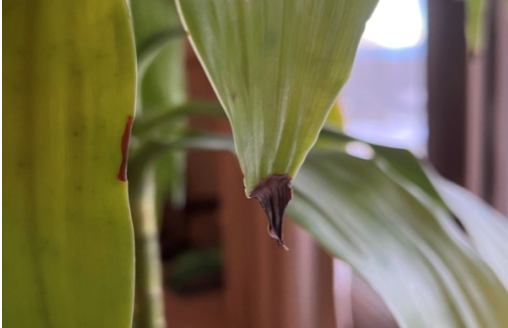Growing geraniums
Garden geraniums are popular flowering plants for beds, borders, containers, hanging baskets and window boxes. Geraniums are easy to grow and provide color in the garden from May to frost. Iowa State University Extension and Outreach horticulturists offer tips on planting and selecting geranium varieties. For more information, contact the ISU Hortline at 515-294-3108 or [email protected].
Which types of geranium can be grown in the home garden?
Several annual geraniums can be grown in home gardens. Zonal geraniums (Pelargonium × hortorum) are the most common geranium in home gardens. Plants have round to kidney-shaped leaves. The medium green leaves often have bark bands or zones, hence the common name. Flower colors include red, pink, salmon, orange, white, lavender and bi-colors. Zonal geraniums are excellent flowering plants for beds, borders, containers, hanging baskets and window boxes.
Ivy geraniums (Pelargonium peltatum) have ivy-shaped leaves and a trailing growth habit. Flowers may be single or double and are available in shades of white, pink and red. Plants are best suited for hanging baskets and window boxes.
In recent years, plant breeders have crossed zonal and ivy geraniums. These interspecific hybrids are vigorous plants, bloom profusely and have vibrantly colored flowers. The two most prominent members of this type are cultivars in the Calliope and Caliente Series. Plants in the Calliope Series most closely resemble zonal geraniums, while those in the Caliente Series more closely resemble ivy geraniums. (A series is a group of closely related cultivars with uniform characteristics, such as height, spread and flowering habit. Generally, the only characteristic that varies within a series is flower color.)
Other geraniums available to home gardeners include fancy-leaf and scented geraniums. Fancy-leaf geraniums possess silver, white, gold, red or purple markings on their leaves. Scented geraniums have aromatic foliage. Their leaves emit their characteristic scent when rubbed or bruised. Cultivars are available with apple, lemon, pineapple, rose, peppermint, nutmeg, cinnamon and other fragrances. Flowers on fancy-leaf and scented geraniums are smaller and less showy than other geraniums.
Annual geraniums are not actually “true” geraniums as they are members of the genus Pelargonium. True geraniums are perennials in the genus Geranium.
When can I plant geraniums outdoors?
Annual geraniums should be planted outdoors when the danger of frost is past. It’s usually safe to plant geraniums in early May in southern Iowa, mid-May in central Iowa and late May in northern portions of the state.
What are suitable planting sites for geraniums?
Geraniums perform best in fertile, well-drained soils in full sun. Plants will grow in partial shade, but will not bloom well. For optimum flowering, geraniums should receive at least six hours of direct sun each day.
What are the maintenance requirements for geraniums?
Annual geraniums respond well to applications of fertilizer. Prior to planting, apply and incorporate 1 to 2 pounds of an all-purpose garden fertilizer, such as 10-10-10, per 100 square feet of garden area. Geraniums growing in containers should be fertilized every two to four weeks with a dilute fertilizer solution.
During dry periods, a deep soaking once a week is sufficient for plants in beds and borders. Plants in containers require more frequent watering. Water geraniums in containers when the soil surface becomes dry to the touch. If possible, avoid overhead watering as wet foliage encourages disease development. To keep plants blooming continuously throughout the summer, remove spent flowers (deadhead) on a regular basis. Deadheading prevents seed development and encourages the plants to produce additional blooms. It also improves plant appearance.

